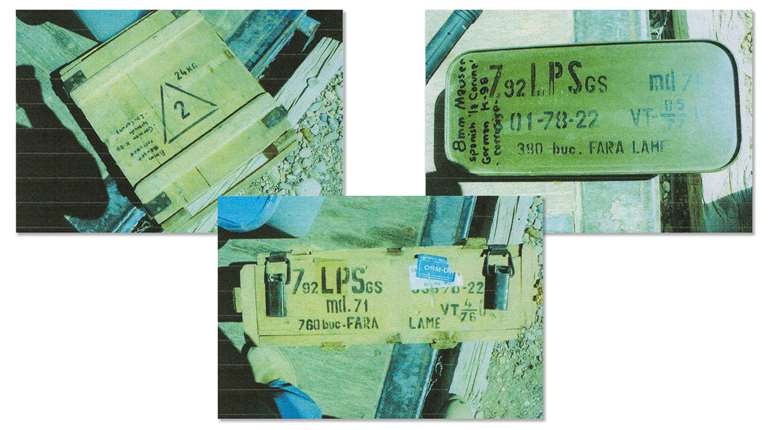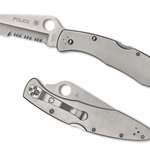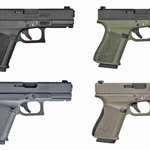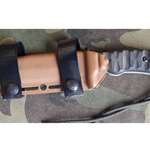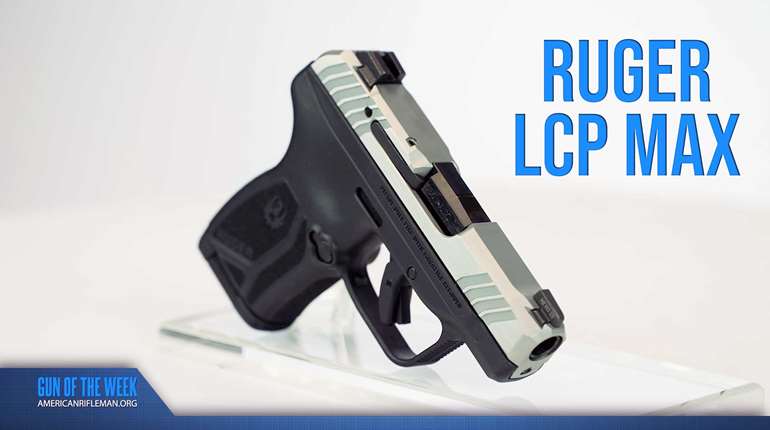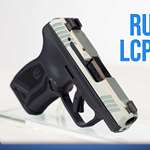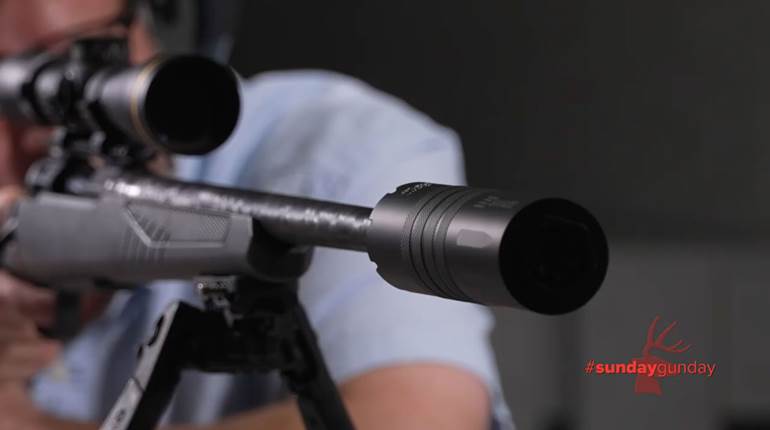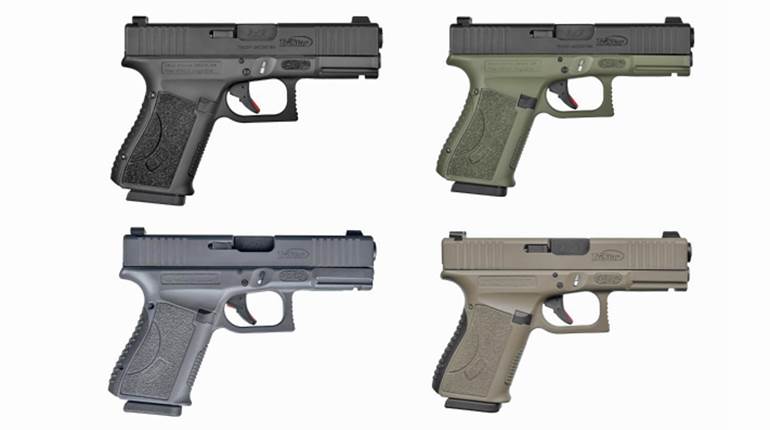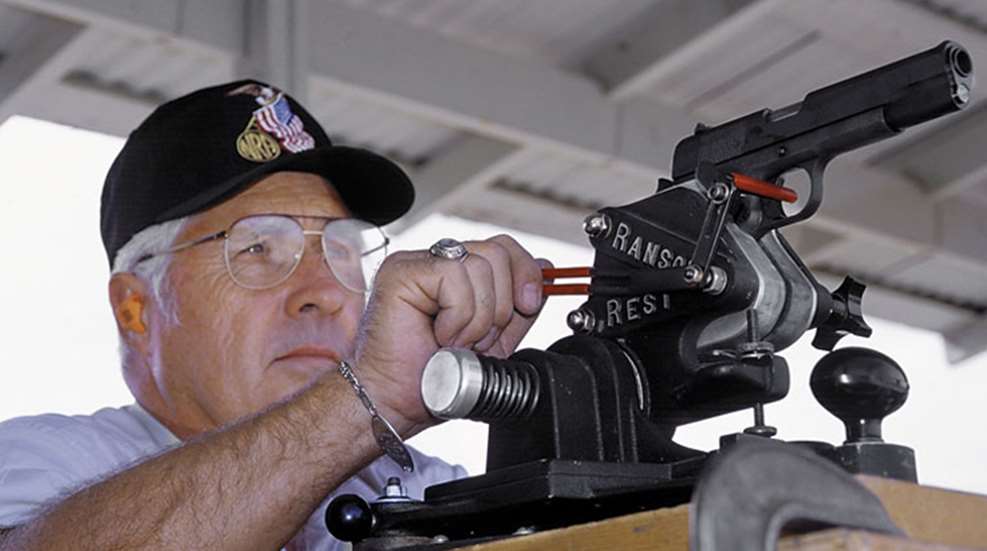
After we republished one of my older American Rifleman articles on this site, several readers commented on the use of the Ransom Rest. I am an inveterate user of this piece of equipment, but have come to accept the fact that many shooters regard it with suspicion. I was pleased to be very friendly with the late Chuck Ransom and well knew how and why he developed the device. There was an earlier and simpler version, but the idea was to determine the accuracy level of a particular handgun and/or a particular ammunition. Made of cast steel, the Ransom Rest consisted of two major assemblies, a solid base bolted to a fixed bench and a rocker arm on which a test pistol is mounted. To use the rest, the shooter needed the correct rubber faced inserts, which are gun specific to the firearm under evaluation. After firing several shots to settle the gun into the proper inserts, a handgunner could fire as many different kinds of ammo as he wanted. If the Rest was properly used, he could do extensive shooting, changing targets as needed and do so with the assurance that every shot was fired with the gun in the same position. Consistency was the goal.
Yet I still get mail alleging some kind of hocus pocus going on here. Further, I have people stating that the results obtained do not show what a handgun will do when fired in a human hand. Of course they don't—they are not fired in a human hand. That's the good part. Human hands are part of humans, which are at least inconsistent and sometimes downright erratic. Marksmanship enters into hand-held shooting, even on sandbags. If your trigger release and follow-through are not perfect, your groups on target won't be truly representative of what the gun and ammunition will do. It should be obvious that results will differ with different shooters
Put it another way. If you asked me what a particular handgun weighs, you would not be well served if I said, “Oh, probably about the same as two of three of them big rocks outta the stream bed behind Arlo Thudpucker's barn.” If you wanted to know how long it was, I would be remiss in saying, “ 'bout half the distance between Hortense Hedgepeth's elbow and wrist.” The questions are specific and I am giving you vague and inexact responses when I should use proper measuring devices. These are reasonable questions, deserving precise answers. But there are no 100-percent accurate devices for measuring handgun accuracy, so I attempt to give you the most consistently-derived answer that I can.
If Ransom Rest inserts are available, I use them to shoot the required five consecutive five-shot groups with at least three different loads. If not, it's sandbags and take your time. That's why shooting by hand (when a Ransom Rest is available) doesn't make sense. The major advantage of the Ransom Rest is consistency—it holds the pistol in the same way every shot. It will shoot the same way for hours on end and with thousands of rounds down range. I know this for a fact, because I have gone from dawn to dusk in several different shooting sessions.
















